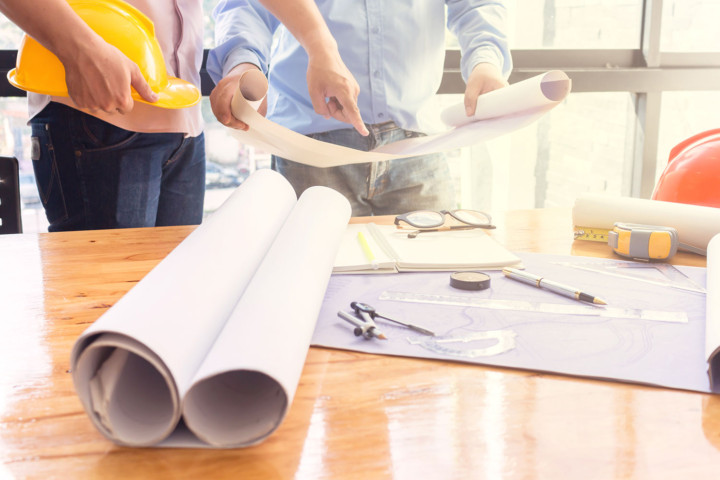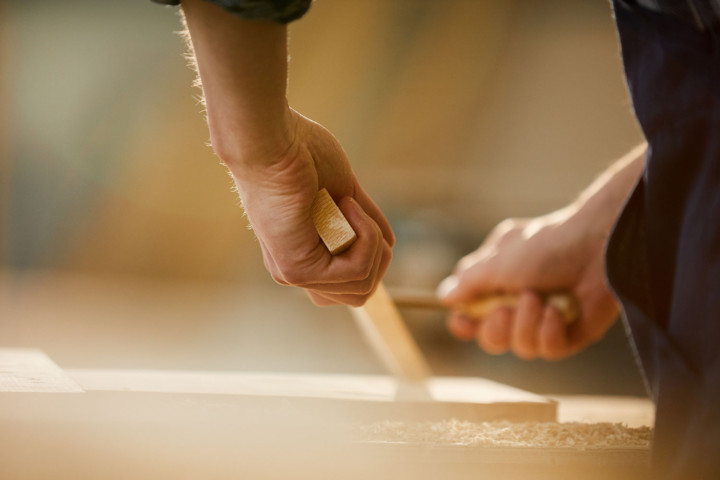Shopfitting Guide for Fitting Out a New Store
Fitting out a new shop can be daunting. But figuring out the design and layout is a necessary step. The store’s look can have a big impact on revenue. That’s why your initial steps as you decide on the design are crucial. Here are some items to consider and a quick shopfitting guide for fitting out a new store.

Location
If you already have a specific location in mind for your new store, study the location well and learn more about its demographics. That will help you determine the right fit out for your new store. How different or similar are your products or services from those already existing in the area? Is there a match between the demographics in the area and your target customer? Attract your target customer into your store by effectively fitting out your new store.
Set a Shopfitting Budget
Early on in the process, you need to set a budget. This should be realistic, provide enough room to get the shopfitting right and should be something you stick to until you finish the project. Starting with a mindset of keeping to your budget helps avoid unnecessary expenses and going horribly overbudget. After space planning, do the budget so you can see if you can afford the items you need for the design you have in mind. There might be items that you like but are too expensive and will likely go beyond your initial financing plan for this project. Create a list of these items and identify which ones are important to getting your shopfitting right and try to find less expensive alternatives or workarounds. The exercise also helps you have a better idea of the items that, although they seem nice to have, are not really that necessary to complete the look you are going for.
Purchase the Shopfitting Must-Haves
First, get the items that truly matter to your new shop. You need storage. Get these units in the right dimensions so they can handle the size and weight of the items you want to store. Invest in safety and security units like CCTV cameras, smoke detectors and fire alarms. After buying them, make sure to test them so you know they are ready when an emergency arises.
You new store should be able to effectively showcase your products and branding. To do this, you need the right display stands, railings and shelves. Most shops need space for checkout and the counter. The counter is where customers pay and there’s usually an area to pack or bag goods. An electronic point of sale (EPOS) system is usually needed to process payment.
Some stores need a gift-wrapping section, which is where customers head to after paying the items. The gift-wrapping section is often separate from the counter and should have enough space for the wrapping items and accessories and for the staff to move around and be able to wrap the items beautifully. Some stores have a small waiting area around the gift-wrapping section.
Buy only the equipment, furniture and fixtures that your store really needs. Items that are not really necessary can easily cause you to go overbudget.

Space Planning for your New Store
Map out the path of your prospective customers. What are the items that you want them to see as they walk around your store? That should guide you in planning your space. Place the lighting correctly. Lighting Is both for practical use, for making sure you have enough light so that customers can see the products and be comfortable in the space, and for creating the ambiance or the store’s look.
Think about where you will place the best items; the most enticing ones as well as those that you want to highlight such items on sale or new arrivals.
Space planning also involves convenience, safety and security. Think about where you will place the power equipment, cooling unit, items in stock, cameras, alarm systems.
Talk to a Shopfitting Expert when Fitting Out a New Store
Even if you have done shopfitting before, it is still a good idea to consult experts. If this is your first ever shopfitting project, it’s even more important that you have people who have the experience and the skills. They can help make sure that all the elements on your new store are working toward attracting and retaining customers.
People who have done one or more design or renovation projects for their own home might be tempted to do shopfitting on their own, but that would be a mistake. Designing a home is different from designing a shop mainly because they have different goals. For your home, the main goals are likely convenience and personal style preferences. For a store, the main goal will always be attracting customers to come inside the store.
To generate the most foot traffic possible in your shop, you need shopfitting experts. They can help give you various options on where to place items and furniture in your store. They also know suppliers and service providers and can help you get better deals and save money. Shopfitting professionals can also help you take care of safety and health concerns for your store.

Planning shop layout and design in NSW and Perth, Western Australia? Focus Shopfit can help.
Focus has been managing and executing commercial and retail shopfitting projects for decades.
We are confident that with our experience and expertise, we can help you bring your plan to the best possible outcome, saving you time and cost.
To learn more about fitting out a new shop, visit our services page or contact us today!
Pay Attention to these Details when Shopfitting your Retail Store
High-performing retail stores don’t happen by accident. They are built using visual merchandising strategy, signage, store layout, design, and attention to details like sight, scent and sound.
These details, when chosen correctly, can be the elements that will improve a retail store’s sales and conversion. Read on to learn more about the details to pay attention to when shopfitting your retail store.

The Little Things Can Make an Impact on Store Buying Behavior
In-store sound or music doesn’t seem like something that most shoppers would focus on while they are in the store. It usually plays in the background and is not expected to be the focus for customers because they are busy shopping.
But music does go a long way toward creating a positive customer experience. It makes shopping easier and more pleasant. Some shoppers would even sing along or hum the music. Music has a deeper effect than just encouraging singing or humming. Music affects the mood and influences physical activity, which in turn increases or reduces the heart rate. It helps self-regulate feelings and emotions that can have an impact on buying behavior.
Retailers and shop owners can use music strategically, to encourage them to speed up or slow down. You can use slow tempo sounds or music in area of the shop where you want customers to relax and spend more time.
Matching the in-store music to the target audience is also crucial. Choose music that your target consumers would know and enjoy. If there’s a huge mismatch between the music and your target consumer, you could end up with annoyed shoppers who will likely not purchase anything and leave the store.
Scent can Impact Sales
Scent, like in-store music, is another element that’s in the background but can make a big difference. It can directly affect a shop’s profitability and sales. Human beings can distinguish more than 10,000 different scents. These scents, in turn, can trigger specific memories and reactions.
Certain smells are known to affect state of mind or mood. A light vanilla scent can be comforting and calming to many people. Lavender is believed to ease stress and reduce anxiety. Some ambient scents are believed to help people relax, feel great and tend to like the retail environment enough to browse, stay longer and shop more.
It’s important to not overdo this aspect. Scents have to be correctly incorporated into your retail environment and even up to your overall marketing efforts. There has to be a match between the scent and your target consumer. It also has to work with the overall design of the shop. If you’re new to this, consult scent marketing experts who can help you create a positive sensory experience that can help boost sales.

Pleasing Visuals when Shopfitting a Retail Store
Every visual element in the store has to be appealing and desirable to your target consumer. Create positive customer engagements and avoid evoking anything that could negatively affect your brand. If you don’t know that much yet about visual merchandising, here are a few questions that can help you use sight, scent, sound and lights to trigger customer engagement and attract potential and existing customers:
- Do you have a brand-specific scent at your store?
- Who is your target consumer?
- What scent would be appealing to this target consumer?
- What emotions do you want to evoke through the store scent?
- Do you have in-store music?
- If yes, what kind of music are playing in your shop?
- Who is your target customer and what music would be appealing to them?
- What ambiance do you want to create through your in-store music?
- Do the merchandise and visuals in your shop reflect your brand? Do they convey your business ideas?
The answers to these questions can help you plan for shopfitting. Renovating, redesigning and optimising elements in your shop is all about an overall vision that works toward the shopping experience your target customer seeks. Whether you are totally new to this or not, it always helps to consult professionals and experts who have been doing shopfitting for years.

Planning Shop Design and Layout
Planning shop design and layout planning? Focus Shopfit can help. Focus has been managing and executing retail and commercial shopfitting projects for decades. Our experience can help you bring your plan to the best possible outcome.
To learn more about shopfitting your retail store, visit our services page or contact us today!


